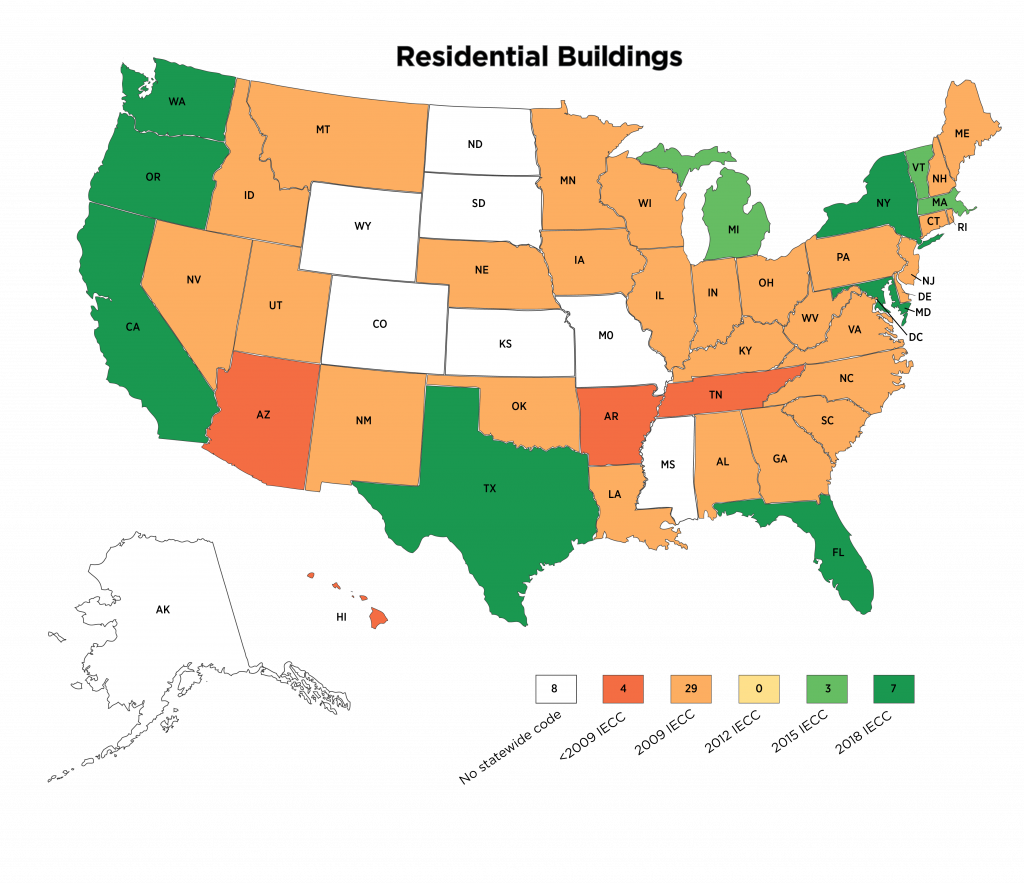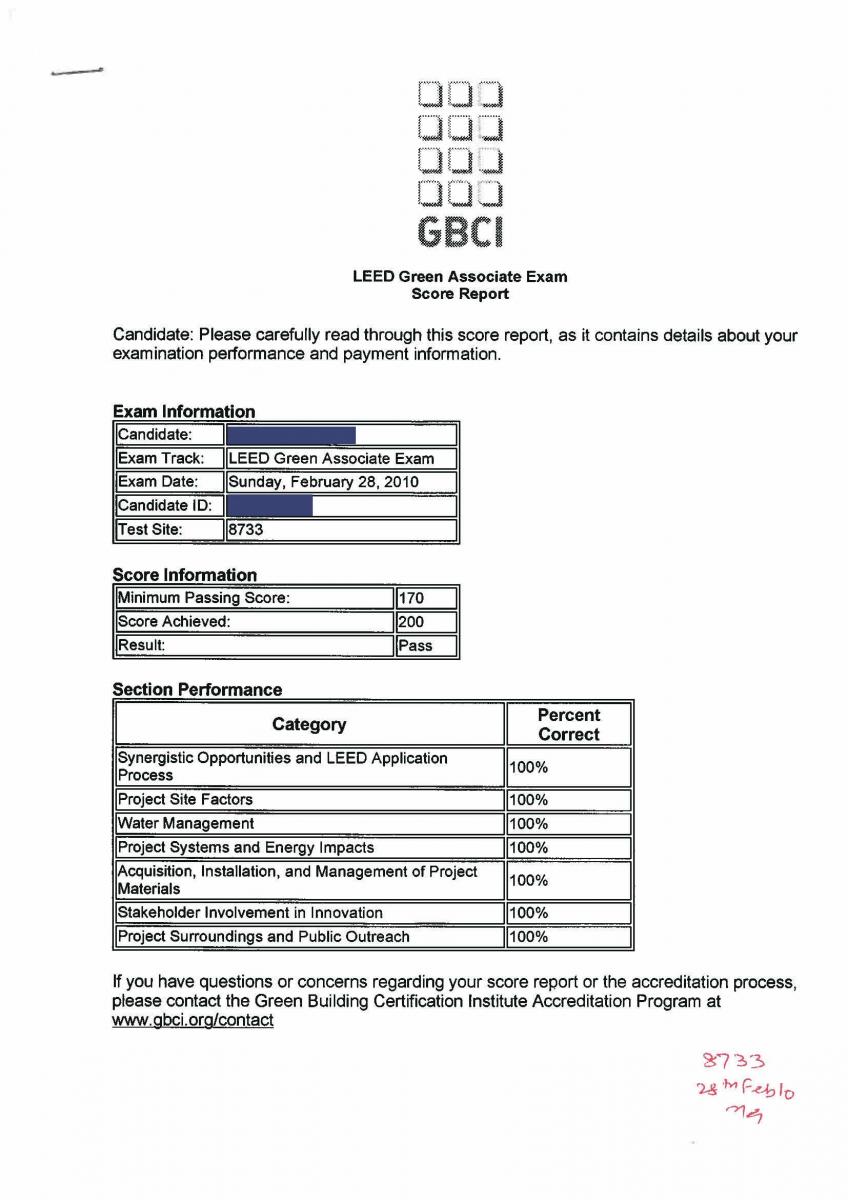Last post I discussed California’s new CalGreen building code standard and how that might interact with LEED, Build It Green and other green building standards. The California governor’s office has fired back with criticisms of its own in response to those citing CalGreen challenges and issues.

Here I’ll lay out their four main points supporting CalGreen:
MYTH 1: “The 2010 Green Building Standards Code is not stringent enough to make a difference in the climate change efforts.”
FACT 1: The California Air Resources Board estimates that the mandatory provisions will reduce greenhouse gas emissions (CO2 equivalent) by 3 million metric tons in 2020. Additionally, the provisions will reduce water use by 20 percent and divert 50 percent of construction waste from landfills.
ANALYSIS: I have not read the actual building code standards yet so I cannot comment on their stringency. However, from what I have read, it seems that the requirements for energy and water savings are now a part of building code. Yes, some builders may cheat the system, but many will not, and California will likely continue improving the standard as more data becomes available. In terms of which standard is better, this is a non-issue in my mind. Each standard has its flaws that could allow builders to cheat, but each also accomplishes their mission of changing the way people approach building design and construction.
MYTH 2: “Local jurisdictions do not have the technical expertise to verify whether builders are complying with the Green Building Code.”
FACT 2: The code will utilize the long-standing, successful enforcement infrastructure that the state has established to enforce its health, safety, fire, energy and structural building codes making verification of the Green Code for local building inspectors a simple transition. Unlike many private green building certification programs, the CalGreen Code will not require businesses or property owners to pay additional fees for certification. Additionally, the CalGreen Code requires field inspections to ensure compliance.
ANALYSIS: The technical expertise may not exist right now at the local level, however, cities and towns will educate their inspectors and code departments about the CalGreen green building code. Additionally, this standard applies to every building, while LEED and Build It Green apply to less than 1 percent of the built environment. So even if it wasn’t as stringent or technically enforced, the CalGreen code should have a much bigger impact. Builders that want to go above and beyond will still be able to pursue LEED to distinguish themselves.
MYTH 3: “California’s CalGreen label and the tier structures will create market confusion with other third party verification systems.”
FACT 3: The CalGreen Code is a moniker to distinguish California’s many other building codes from the California Green Building Standards Code. The tier structure was developed by the Commission to promote market continuity. Having a mandatory code with a tier structure in place will allow California’s builders to build to a certifiable green standard without having to pay costly fees for third-party programs.
ANALYSIS: This is a legitimate concern. The market is already confused and frustrated with both the variety of standards and shady marketing claims (green washing).
MYTH 4: “The new code will significantly impact California cities’ own green building programs.”
FACT 4: The Code sets a sensible floor that all new structures must meet to significantly minimize the state’s overall carbon output. Each individual local jurisdiction retains the administrative authority to decide what is best for their communities while meeting the mandatory provisions in the new Green Code. They are encouraged to take additional actions to green their buildings that will reduce greenhouse gas emissions, improve energy efficiency, and conserve our natural resources.
ANALYSIS: Both statements are true. Some cities will always go above and beyond the code. However, how many consumers will think that the CalGreen label is all they need? What will be interesting too is that if CalGreen works, then it will steal much of the thunder from the other green building standards. For example, CalGreen requires a 20 percent water usage reduction and mandates much of the easily achieved water efficiency items like flow faucets. To distinguish even greener buildings, LEED will now have to require ever greater water efficiency which will become more costly to achieve. Ultimately, that’s a good problem to have.
If you’re interested in learning more about the CalGreen challenges, LEED, or the basics of green building, I recommend that you take Everblue’s LEED Green Associate course.
It will be interesting to see how the CalGreen challenges evolve over the years and whether they choose to mingle with LEED or not.







